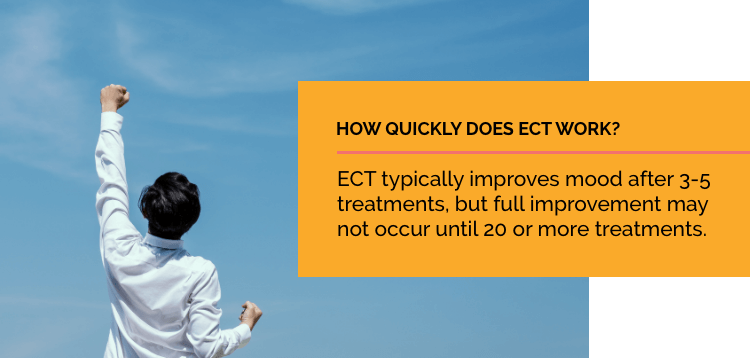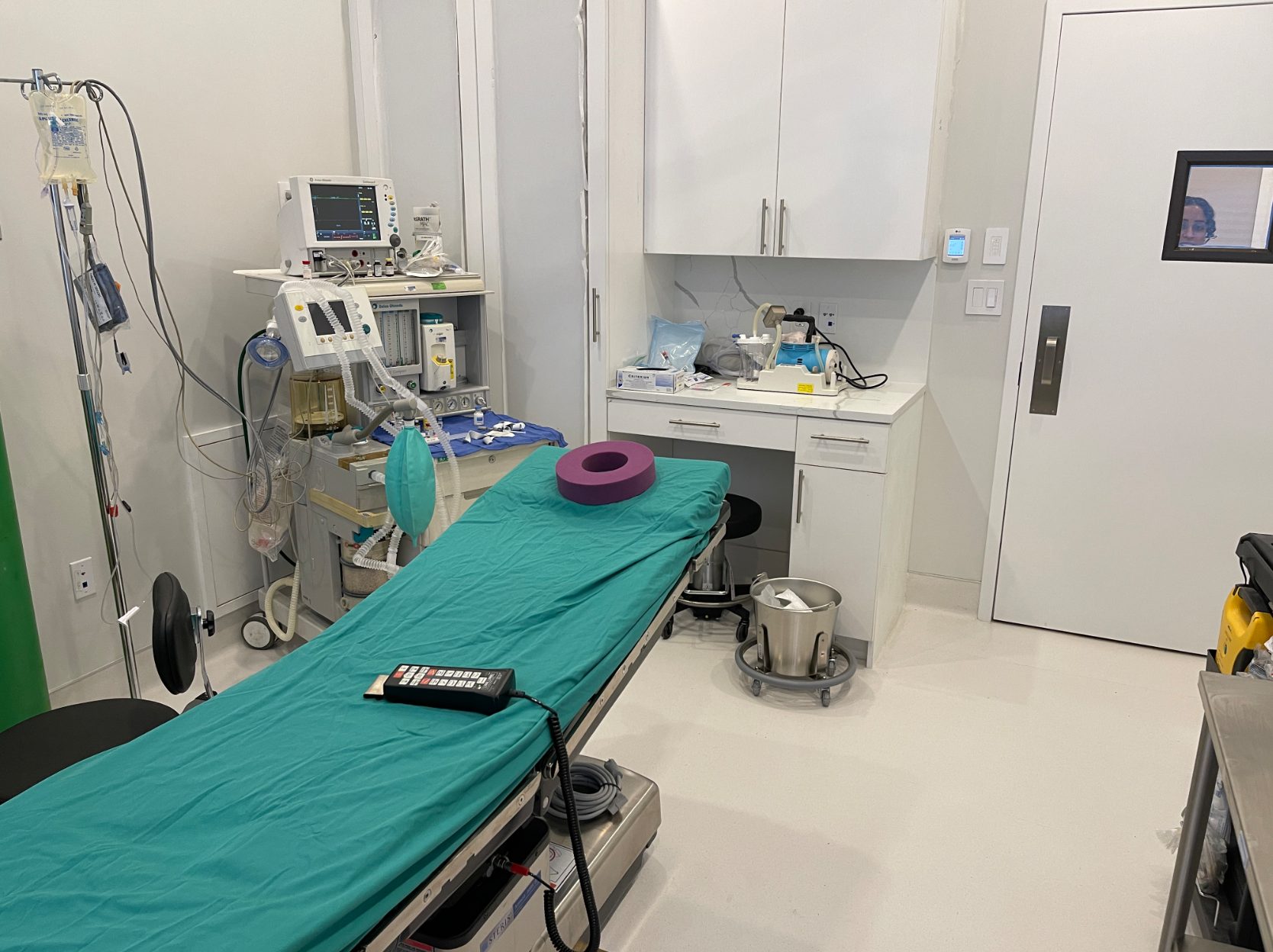TMS uses a magnet to stimulate the brain “transcranially”: that is, the magnet generates a pulse which travels through the skull and connective tissue and stimulates the brain. The individual pulses generated by the TMS machine are relatively mild, and for this reason, the patient requires many pulses per treatment. In fact, a typical TMS treatment for depression includes 3000 pulses in one session, and more than 100,000 pulses over the course of the entire treatment!
ECT, in contrast, can be likened to cardioversion. When a patient receives cardioversion to reset the beat of the heart, the electrical stimulus is large enough to “reset” the heart’s pacemaker. This is a good metaphor for ECT. In ECT, the electrical stimulus is large enough to lead to a generalized seizure, which leads to a number of changes in the brain. These changes, individually and in combination, have a strong tendency to push the brain out of depression. In a sense, ECT is like a “neuroversion” where the brain is “reset” out of a depressive episode and back to normal functioning.




